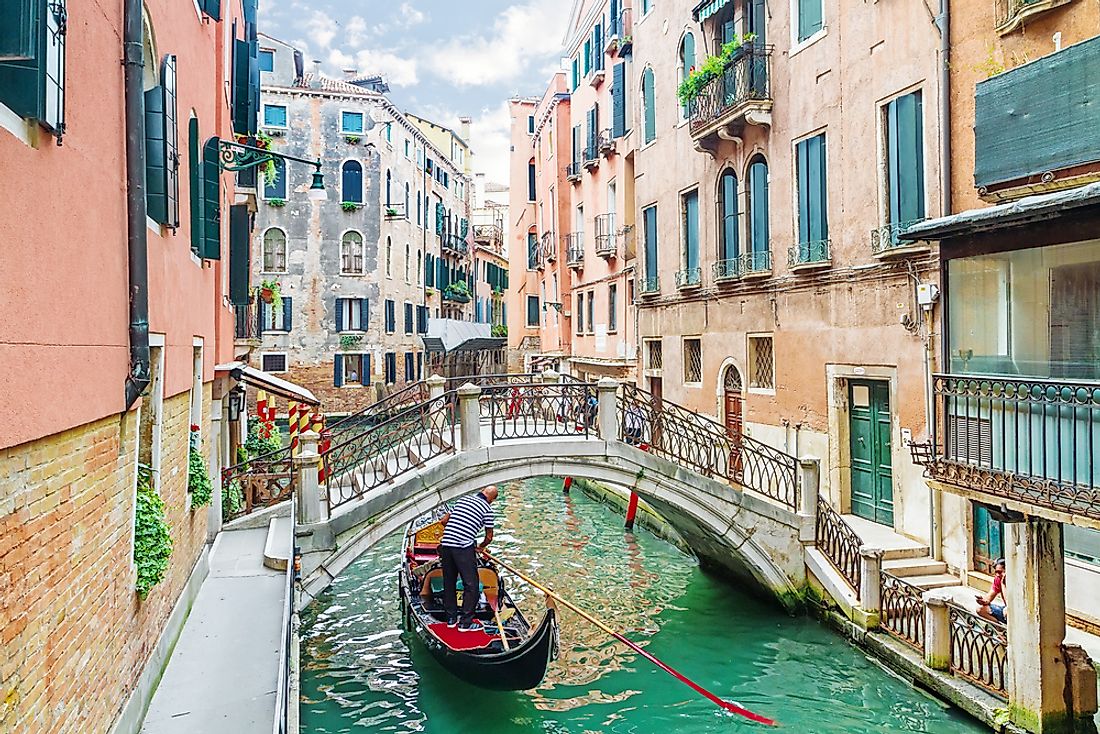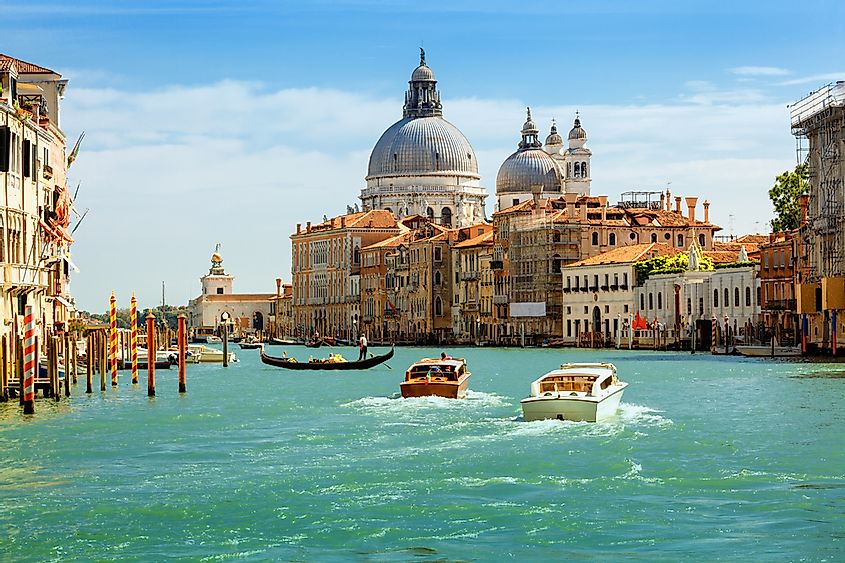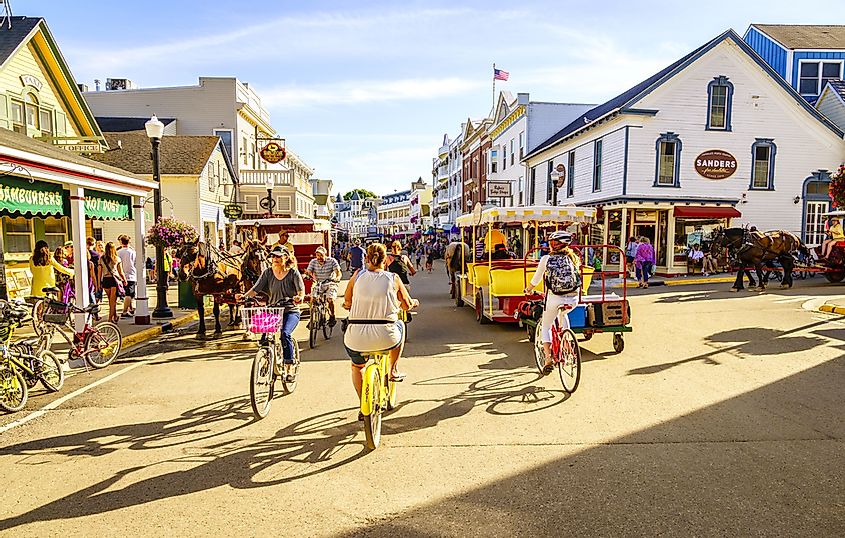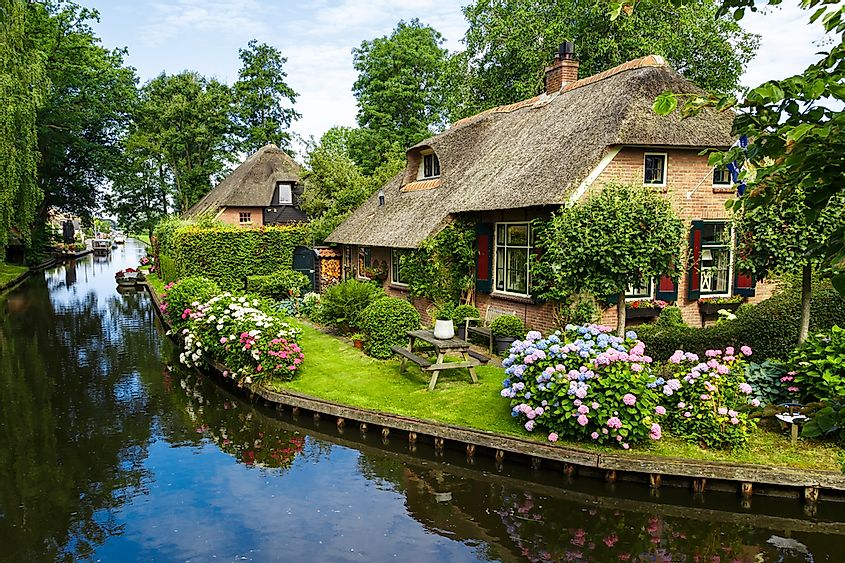Car Free Cities of the World

Motorized transport has been around for over a century. Although The continued use of cars has benefited people all over the world, many cities are beginning to realize the negative effects they can have on urban centers. Some of these effects can include increased pollution, traffic congestion, and overcrowding. It is because of these factors that some cities across the world have made the decision to tax cars or even ban cars within their city limits. Although the decision is sometimes an unpopular one, there are important considerations being taken that are fueling the ban.
Examples of Car-Free Cities
By definition, a car-free city represents a population that relies on walking, cycling or any other non-motorized mode of transport within an urban setting. Some areas of older cities in Africa, Asia, and Europe have never allowed cars, simply because they existed long before the discovery of the machine and therefore had narrow streets incapable of accommodating vehicles. In 1996, J.H. Crawford designed and published car-free city models for up to one million people. Crawford’s ideas form the design base for most upcoming car-free cities.
To achieve car-free cities, different authorities use different techniques to discourage the use of cars. These techniques range from fines, making vehicles prohibitively expensive, high license costs, and affordable and efficient public transport as incentives to those who choose not to use their cars. Below are model examples of three cities that are fully car-free.

Venice, Italy
Italy’s Venice almost entirely relies on water and foot for movement from one place to another, although some places in the city also allow bicycles. Having renowned architecture and artwork on buildings and bridges, it makes perfect sense to enjoy the city’s beauty on foot. The narrow road networks in this city come as a result of it being designed and built prior to the invention of motor vehicles. Being an archipelago of 118 islands, Venice’s 409 bridges connect the 117 canals that serve the function of roads. Venice is the largest car-free city on the European continent.
Mackinac Island, Michigan

Editorial credit: Alexey Stiop / Shutterstock.com.
Since the late 19th century, Mackinac Island has been a tourist attraction thanks to its many cultural events, historical background, architectural beauty, and leisure facilities. Listed as a National Historic Landmark, the island banned all forms of motorized transport in 1898 with the exception of service and emergency vehicles as well as snowmobiles during winters. To reach the island, one has the option of using a boat, ferry, or a small light aircraft thereafter, traveling on the island is strictly by horse-drawn carriages, bicycle, roller skates, roller blades, or on foot.
Lamu Island, Kenya

Lamu is an old Swahili archipelago on the Kenyan coast often described as a paradise. Dating more than a thousand years back, this cradle of the Swahili culture has somehow managed to preserve its historical heritage without sacrificing the development needs of the locals. Just like other old towns built before the discovery of vehicles, this UNESCO World Heritage Site has small and meandering streets with no sign of a car. The Kenyan government banned motorized transport on the Island, not that any ever existed, and locals depend on donkeys, bicycles, and their feet. Most of Lamu’s streets are so narrow that only one car may pass at a time. Visitors on the Island, therefore, enjoy the impressive Swahili building architecture, neatly curved doors, and donkey racing through the medieval streets which bring together local and international crowds.
Giethoorn, Netherlands

Sometimes called "Little Venice", Giethoorn is a charming village in the Netherlands. Aside from its canals, it shares another similarity with Venice - a lack of cars. At the time when the village was first developing, the automobile had not yet been invented. To this day, the village of Giethoorn is only accessible by boat, and is one of the most famous examples of cities in the world that were built before the automobile.
Benefits of Car-Free Cities
People who live within car-free cities attest to the numerous benefits they enjoy. To begin with, there is a reduction in the dependency on petroleum products leading to less emission of greenhouse gases. The absence of cars also reduces noise pollution, automobile accidents, and traffic congestion. These cities enjoy cool environments with cleaner and wider spaces that can be fully utilized.







